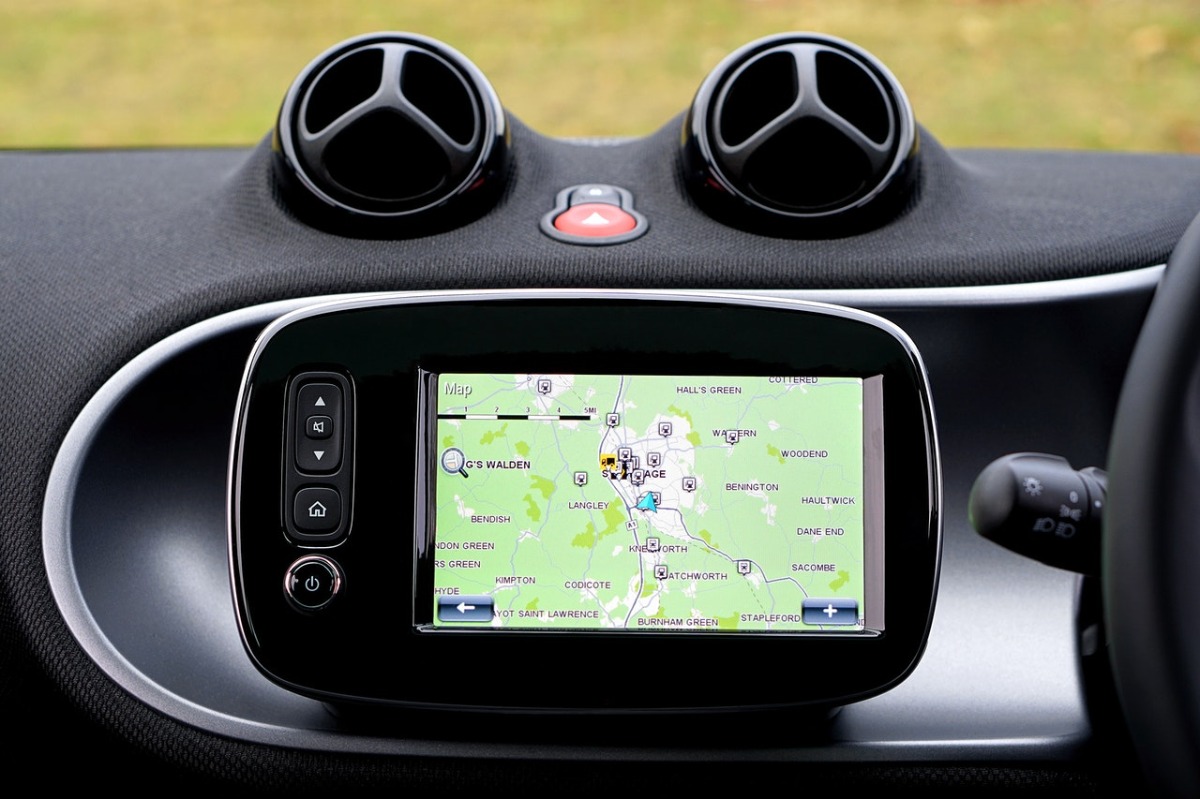Your business is growing, and you want to invest in fleet vehicles. Whether you need it to increase the number of deliveries you make each day, get your employees from point A to B as quickly as possible, or both, it’s important to manage it properly. Managing a fleet not only requires keeping a close eye on the condition of your vehicles but also optimizing their usage to reduce costs.
If you’ve just invested in a fleet or are planning to do so for your business, here are a few tips to help you manage your vehicles from a fleet standpoint and increase the efficiency of your business.
Study the Best Routes
Knowing the most profitable route, meaning the one that can get you from point A to point B efficiently, is a trial-and-error process that can benefit you in the long run. If you’ve been running your business and dealing with deliveries for a while, however, you might have some relevant data that can help you separate profitable from non-profitable routes. You also need to find efficient routes that allow for multiple pickups, multiple drops and are repeatable. One-way, long-distance trips are not only inefficient, but they’ll end up costing more than you’d like them to.
Maintain Your Vehicles
Maintenance is one of the most important steps to not only keep your business running but to ensure the safety of your driver, the motoring public, and your products. This is especially true for older vehicles, as parts like headlights and tires can get worn out. Headlights tend to get discolored and even dull over time because of UV light, weather conditions, and even debris buildup. When this happens, your vehicle will need to have its headlights restored. Tires, on the other hand, can wear out through continued vehicle use or extreme heat and cold. This can cause tire treads to wear out, which can lead to accidents.
When you take your vehicle into the shop for repairs, you lose precious time that instead could have been used to make more trips. You can avoid this by making sure your vehicles are properly maintained and inspected regularly. As they say, prevention is better than cure, and for vehicles, preventive maintenance is better than unexpected repairs.

Take Advantage of Optimization Software
Technology has made it easier to manage fleets and keep track of progress, like knowing how long it takes to make deliveries, how much gas you consume, and how much you spend per mile. Fleet optimization software has made all these things possible, allowing you to track your fleet with GPS software, keep an eye on fuel data to see where you can reduce costs and how many miles or kilometers your vehicles have traveled all in all.
Invest in Driver Training Programs
Nobody likes a careless driver, and they can be a liability for both you and your business. Your drivers should have the proper knowledge of driving techniques and staying safe on the road, so it’s important to make sure that they’re aware of road rules and regulations to keep not only your products safe but your drivers as well. Consider investing in driver training programs that take place during off or low seasons. This will allow them to refresh their memory on fuel-efficient and safe driving techniques that will protect your business and your team.
You can also have drivers learn about basic maintenance techniques to help them address any minor problems they might come across while on the road.
Provide Incentives for Drivers
Fleet managers often take note of empty miles, which refer to the distance traveled by the driver without any cargo, when gauging a driver’s performance. This old practice adds another cause for stress for many drivers and can significantly affect their performance. While monitoring their progress and performance is well and good, it is just as important to let your drivers know how much you appreciate the work they’re doing for the company through incentives.
To fix this problem, you need to start by recruiting competitive and reliable drivers that are motivated to do well. This, accompanied by an incentive program, are likely to help your business and your drivers by reducing fuel, maintenance, and insurance costs, all while improving the performance of your drivers. If the drivers feel valued, they’re more likely to stay in the company.
Adding fleet vehicles to your business is a big but mostly necessary step. If you make the wrong move, you could lose a big amount of money that will be hard to get back. Do your research, consider the costs, and see if fleet vehicles are right for you.

